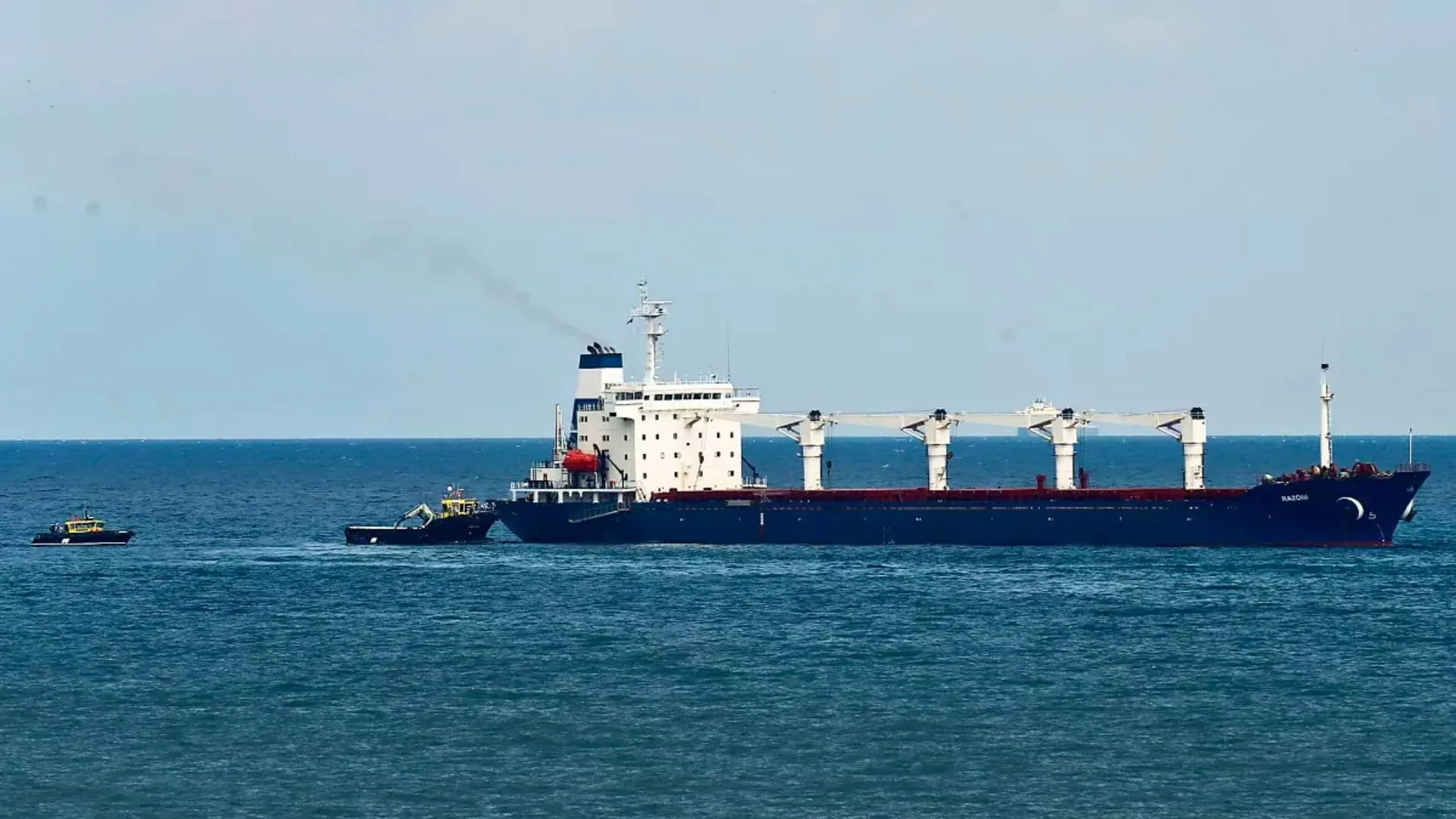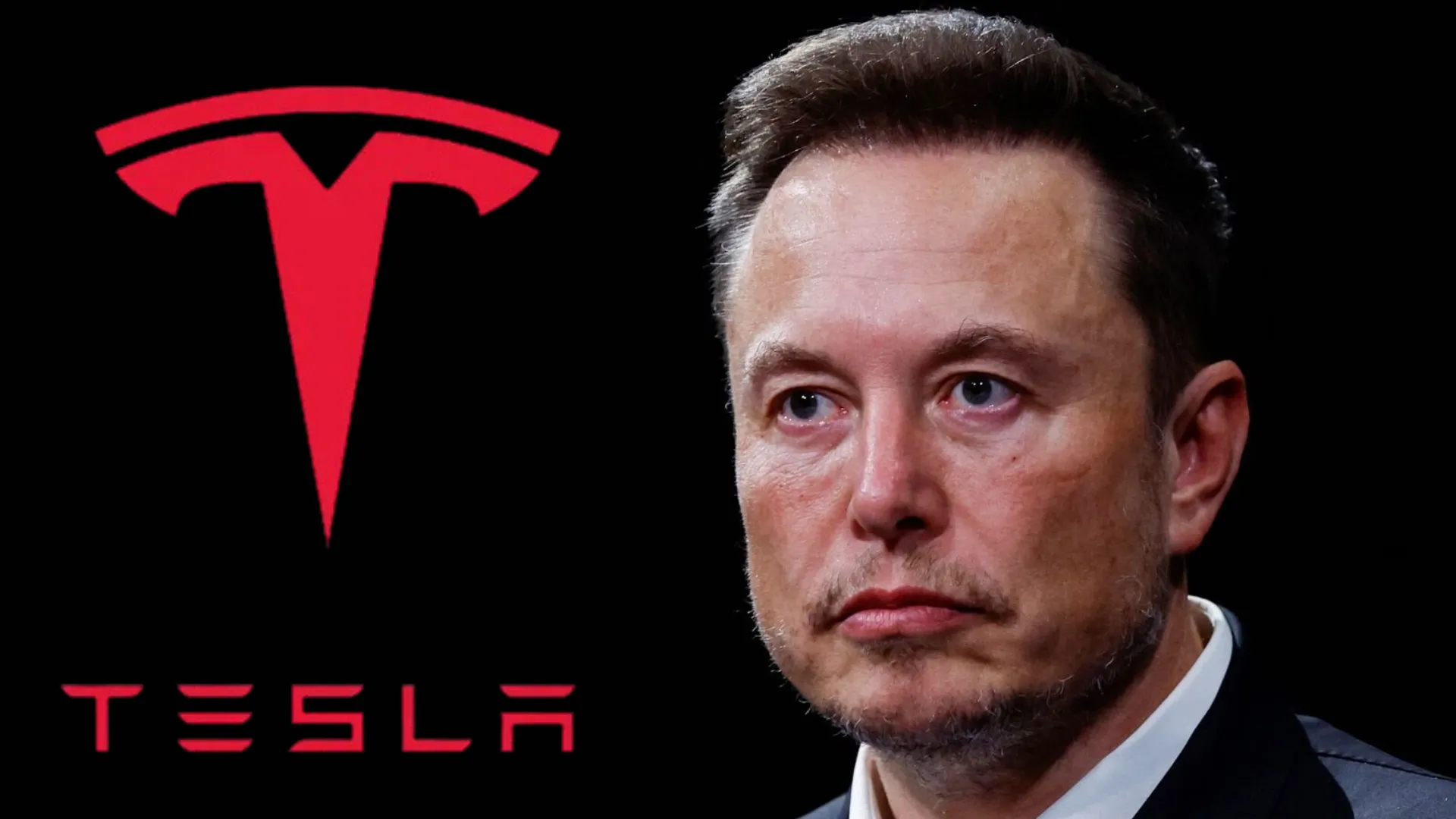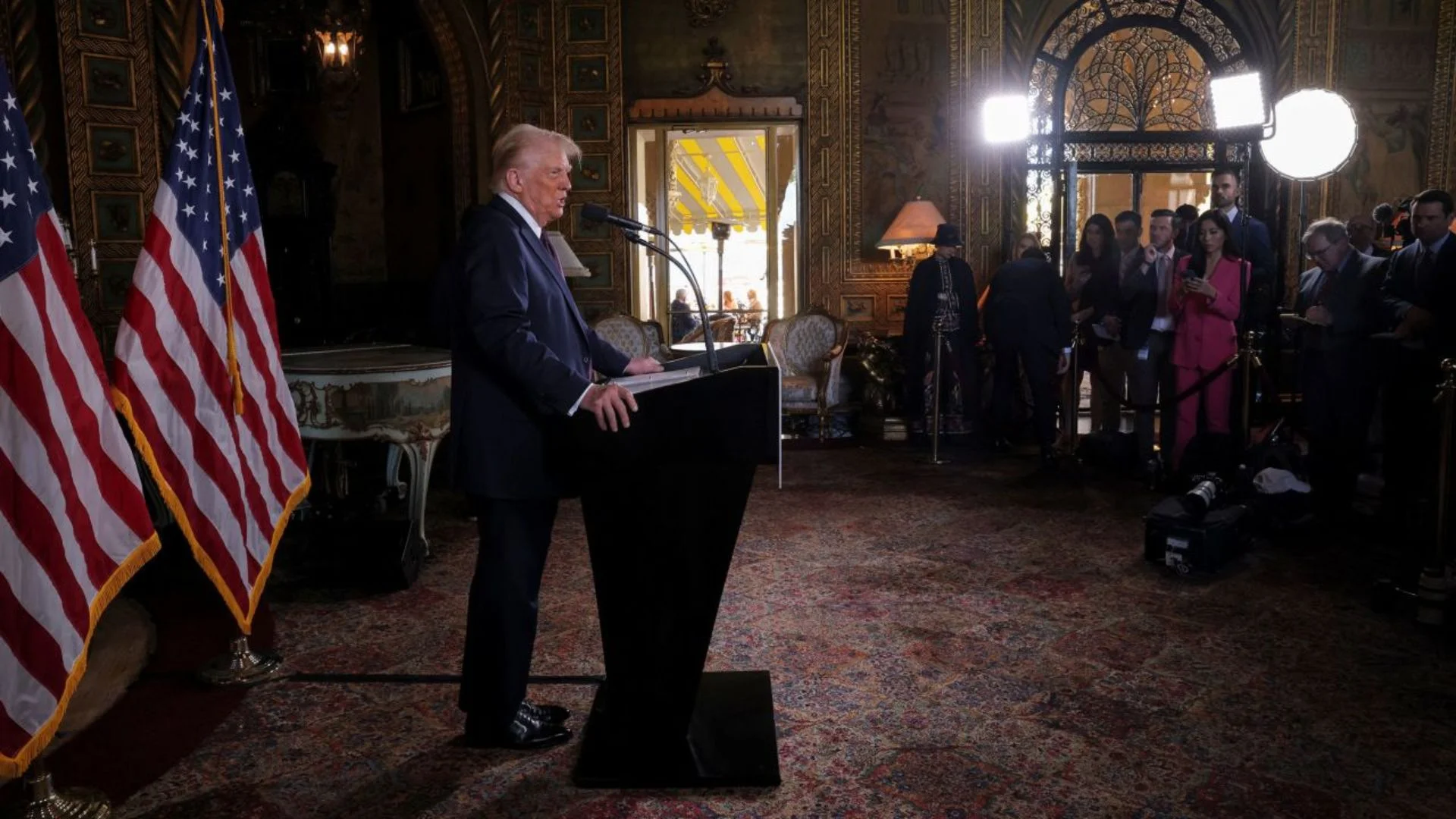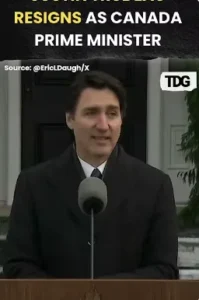The United States has brokered a naval ceasefire between Russia and Ukraine in the Black Sea. The White House announced on March 26 that both nations agreed to ensure safe navigation and refrain from using commercial vessels for military purposes. The deal also includes efforts to prevent attacks on energy infrastructure in both countries.
This agreement marks a key step in President Donald Trump’s efforts to end the war. However, concerns remain about the concessions made to persuade Russia to accept the ceasefire.
What is the Black Sea Deal?
The Black Sea Deal is a naval ceasefire agreement between Russia and Ukraine that the United States broke. It aims to ensure free navigation in the Black Sea, prevent military use of commercial vessels, and halt attacks on critical infrastructure. The deal also includes economic provisions, such as easing trade restrictions on Russian agricultural exports. Additionally, the agreement revives elements of a similar deal from 2022, which Russia had abandoned the following year.
The agreement ensures free navigation in the Black Sea, a significant development for Ukraine. President Volodymyr Zelenskyy confirmed that Ukraine would halt deep strikes on Russian targets. However, the exact timing remains uncertain. The deal also covers the protection of Ukrainian ports, which have faced continuous missile and drone attacks.
Ukraine’s Defence Minister Rustem Umerov stated that any movement by Russian military vessels outside the eastern Black Sea would violate the agreement. In such a case, Ukraine reserves the right to defend itself.
The deal also includes economic aspects. The US pledged to help restore Russian agricultural exports by easing trade restrictions. Although Washington had not sanctioned Russian agriculture, it had blocked access to SWIFT, the global financial messaging system. Volodymyr Zelenskyy criticized this provision, arguing that it benefits Russia while the land and air war continues.
Additionally, the US reaffirmed its commitment to returning Ukrainian children forcibly transferred to Russia. This agreement is similar to the Black Sea deal signed in 2022, which Russia abandoned in 2023, citing barriers to its own food and fertilizer exports.
Challenges in Implementation
Ukraine has pledged immediate compliance with the agreement. Volodymyr Zelenskyy expressed doubts about Russia’s commitment, stating, “There’s no faith in the Russians, but we will act constructively and do our part.”
Russian President Vladimir Putin, however, has made new demands. He insists that the ceasefire will take effect only if international sanctions on Russia are lifted. The Kremlin specifically seeks the removal of restrictions on the Russian Agricultural Bank and its reconnection to SWIFT.
Moscow has proposed that Turkey oversee Black Sea operations while a West Asian nation monitors the energy agreement. Russian Foreign Minister Sergei Lavrov accused Western nations of trying to “contain” Russia, comparing their actions to Napoleon and Hitler.
Will the Black Sea Deal End the War?
Experts remain skeptical about the deal’s effectiveness. Security analyst Michael Clarke stated that while the agreement is a diplomatic success for the US, it will not change the war’s trajectory. Others argue that Russia gains more from the deal without making significant concessions.
Nico Lange of the Center for European Policy Analysis noted that Ukraine had already secured trade routes from Odesa. “With today’s agreement, Russia gives almost nothing but gains relief from sanctions and new income for its war machine,” he said.
Some analysts believe the deal is flawed because any sanction relief for Russia depends on European cooperation, which appears unlikely. Kimberly Donovan of the Atlantic Council emphasized the need for the US to coordinate with its G7 allies before lifting any restrictions.
The agreement’s success remains uncertain. As Volodymyr Zelenskyy stated, “It is too early to say that it will work, but these were the right meetings, the right decisions, the right steps.”






















